Valentine’s Day Conversation Heart Icing Color Palette
There are few things in life I find more mysterious than pastel icing and candy conversation hearts.
Pastel icing isn’t really mysterious, I guess; it’s just hard for me. I’m just a little heavy-handed with the food coloring. Conversation hearts, on the other hand, I just don’t get. Sure, they’re amusing… in the “Taco Bell sauce packet” sort of way. Beyond that, they taste about as good as Pepto Bismol, are liable to cost you thousands in dental work, and they are – more often than not – barely legible. In fact, I think I’ve purchased more conversation hearts for this post than I have in my entire life, and I haven’t eaten a one. Anyway, back to pastels.
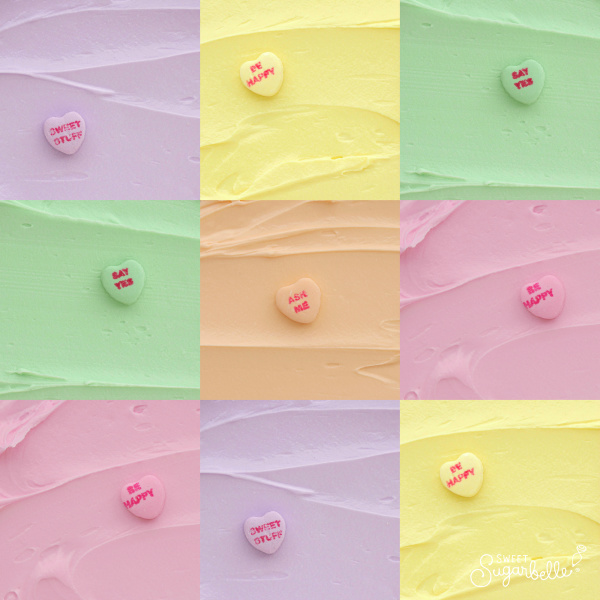
As I said before, pastels don’t come naturally to me. Nine times out of ten, if I need to make pastels I use leftover icing, adding the smallest amount to fresh white, recipe here, stirring until I reach the desired shade. Even then, I often over color, so, to help keep you from doing the same, I thought I’d start with a few tips for perfect pastels.
First of all, whenever possible, do most of your mixing in good, natural light. A poorly lit workspace can make it tough to accurately mix colors. I know this isn’t always realistic, especially if you do your decorating at night, but if at all possible, try to find the best light possible.
Next, when it comes to pastels, tools like spatulas, toothpicks, and 2-in-1 tools, are your friend! When mixing pastels, never add color directly to white icing, you’re just asking for trouble! Instead, place a very small dot of color on a spatula, toothpick or 2-in-one tool and stir into the icing, adding more, a tiny bit at a time, if necessary.
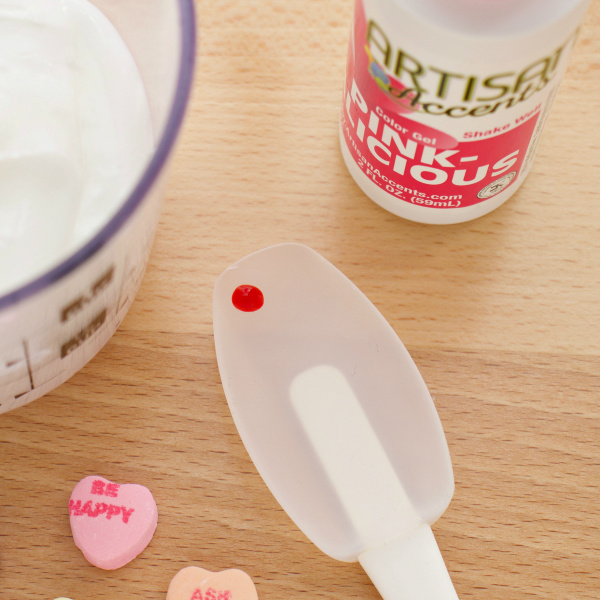
Finally, allow for development when mixing lighter shades. If you’ve colored icing , you’ve probably noticed that most colors deepen over time. This is referred to as “developing.” Some colors develop a little, and others a lot. While it’s always wise to mix colors a shade or two lighter than you’d like the finished product to be, with pastels, this is especially important.
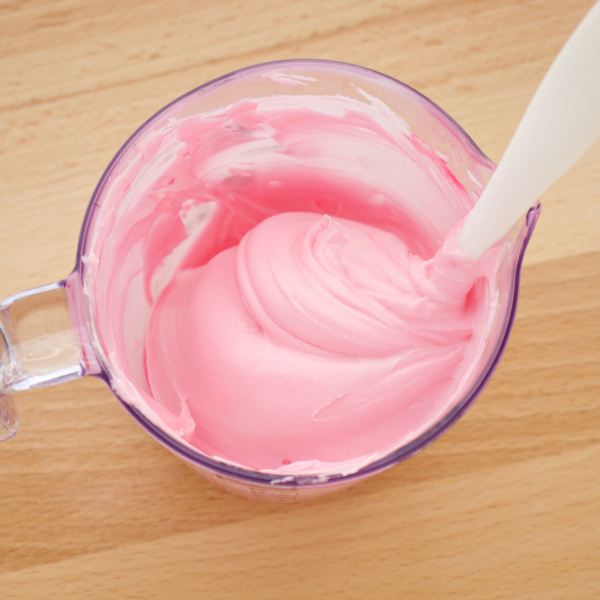
Oh, and after all this your icing is a little darker than you meant for it to be, you can always lighten it by adding more white icing. Be aware, though, that if the icing is significantly darker than intended, it’s almost better to put the over-colored icing aside and add a bit of that to another batch of white. Otherwise you risk ending up with a lifetime supply of almost purple icing…not that this has ever happened to me.
*For reference, I used approximately 1/2 to 3/4 of a cup of icing for each color. You can make more or less, depending on your needs.
1. Soft Pastel Pink
To make soft pastel pink, add one generous drop of Artisan Accents Pink-alicious to 1/2 cup of white icing.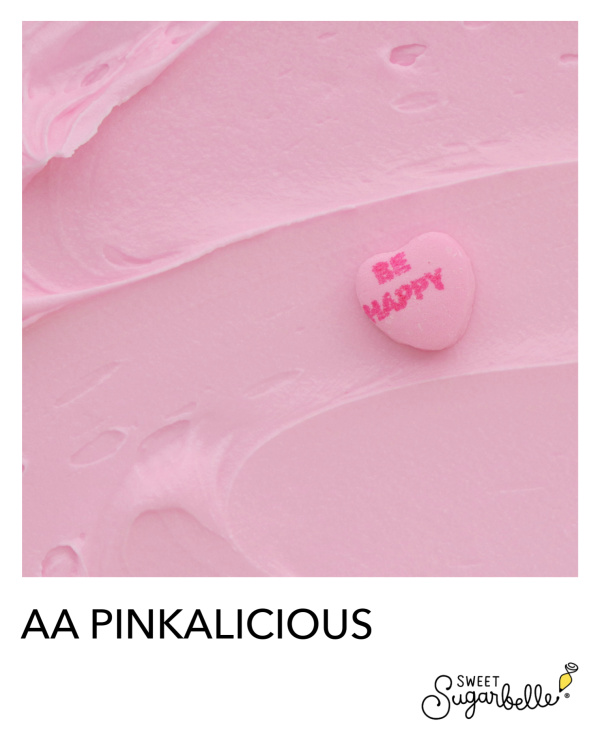 2. Soft Pastel Orange
2. Soft Pastel Orange
Nothing fancy here, just a drop of Americolor Orange. I get my Americolor gel paste colors here.
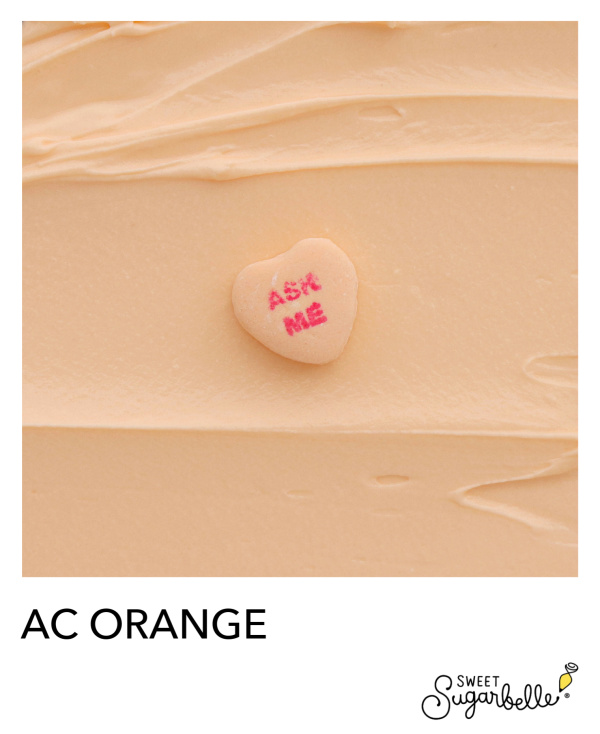 3. Soft Pastel Yellow
3. Soft Pastel Yellow
To create this color, I used one drop of Americolor Lemon Yellow warmed up with a few toothpick touches of Americolor Egg Yellow. Interestingly, soft pastel yellow is probably one of my least favorite colors, but the same color, about four times darker is one of my signature shades.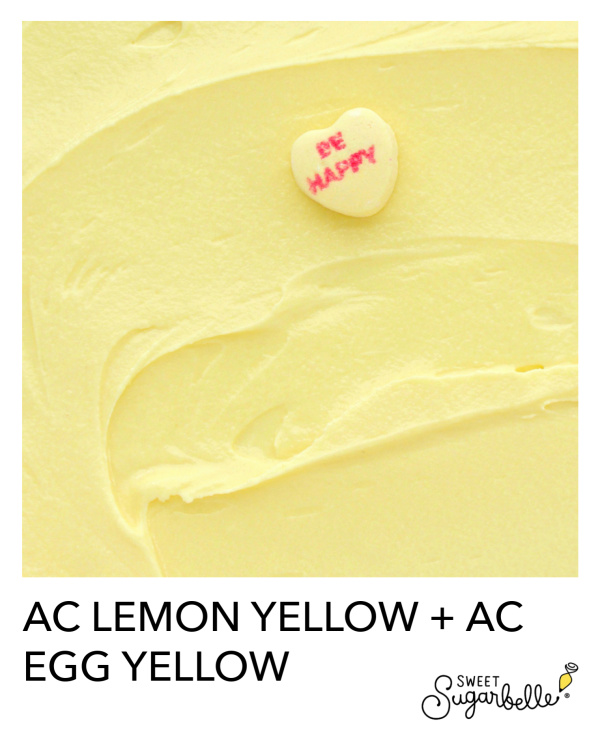 4. Soft Pastel Green
4. Soft Pastel Green
The only thing necessary for soft pastel mint is a very scant drop of Americolor Mint Green. You may even want to use a toothpick for this one. As I mentioned before, all colors develop over time, but this one is particularly powerful!
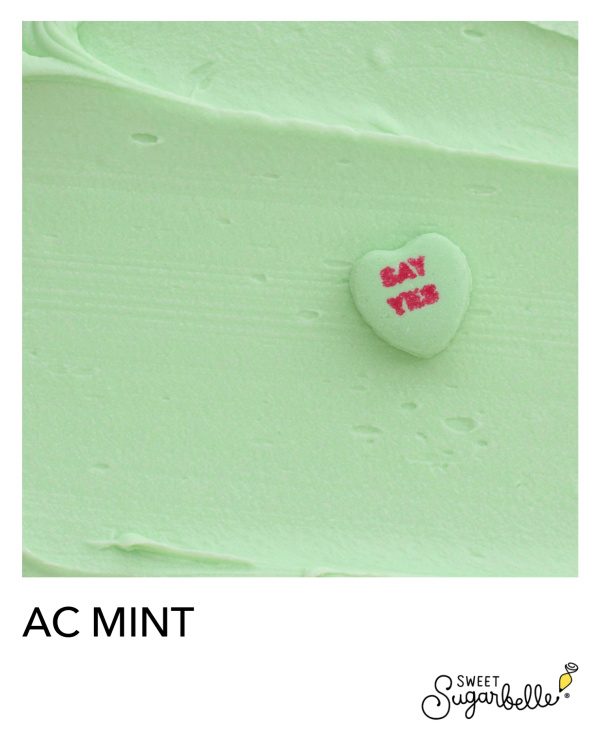 5. Soft Pastel Purple
5. Soft Pastel Purple
To make a pastel purple, I mixed one scant drop Artisan Accents Deep Purple and Artisan Accents Pink-alicious in equal amounts. These colors also pack a powerful punch (which is one of the reasons they’ve become my all-time favorite purple and pink,) so, take it easy with the drops.
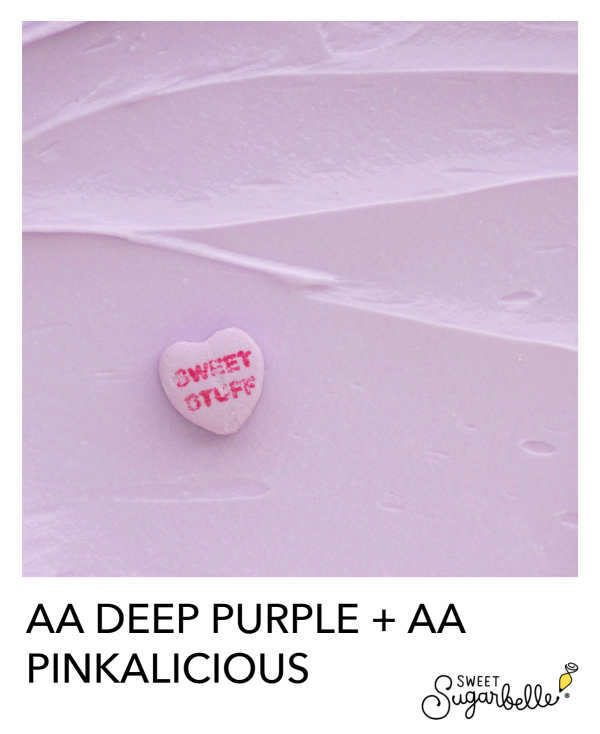
When posting color palletes, I always like to add a little disclaimer. Color is a very personal thing. What is beautiful to one, could be utterly revolting to another. Keep that in mind as you experiment.
Ultimately, the palettes I share are intended as a guide. I create these formulas to make life a little easier for those of you who may be in a hurry, or more interested in decorating than experimenting with color. If the colors in your mind are more appealing, resist the urge to be literal, and make your own beautiful variation!
Color mixing is one of my favorite aspects of cookie decorating. I hope to share more palettes in the coming months and I would love to hear suggestions for future color-realated topics or formulas. In the meantime, be sure to check out another favorite Valentine’s Day icing palette and follow my Icing Color board on Pinterest. To learn more, check out the following posts to learn more about icing color:
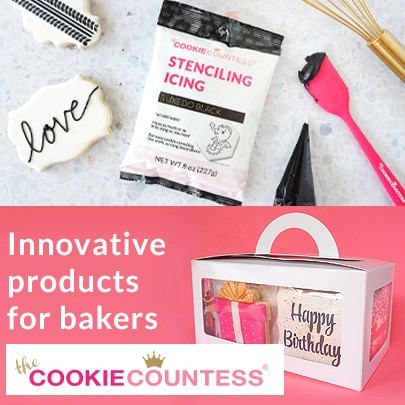
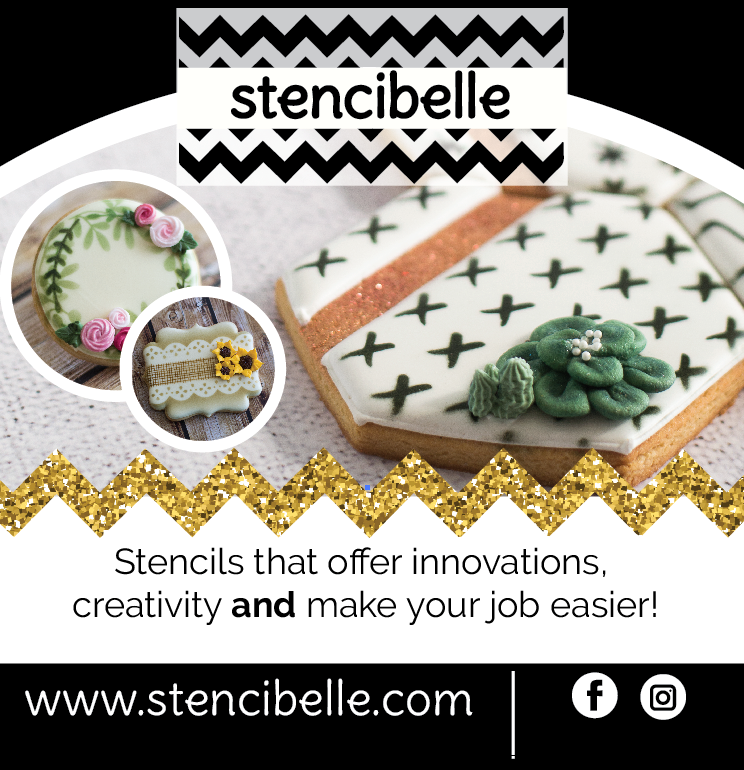

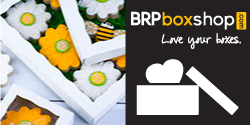

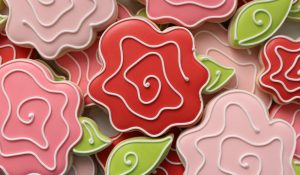
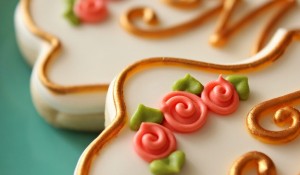
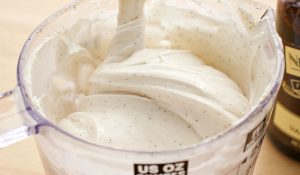
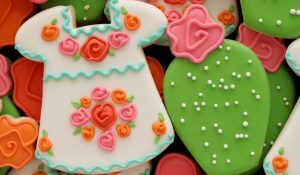
Thank you. Mixing colors is a constant challenge.
so helpful and thanks for doing this with AA. I have some but haven’t used them much.
Love this one! I struggle with pastels–so many batches of colors that are way too dark. You always have great suggestions. Thank you!!!
Thanks for your post! It is super helpful- do you know if anyone makes a stencil with the conversation sayings ? It would be fun to avoid handwriting….
Yes! The Cookie Countess carries them! Here’s a link to her shop 🙂 https://www.thecookiecountess.com/collections/valentines-day-shop/products/conversation-hearts-3-piece-set